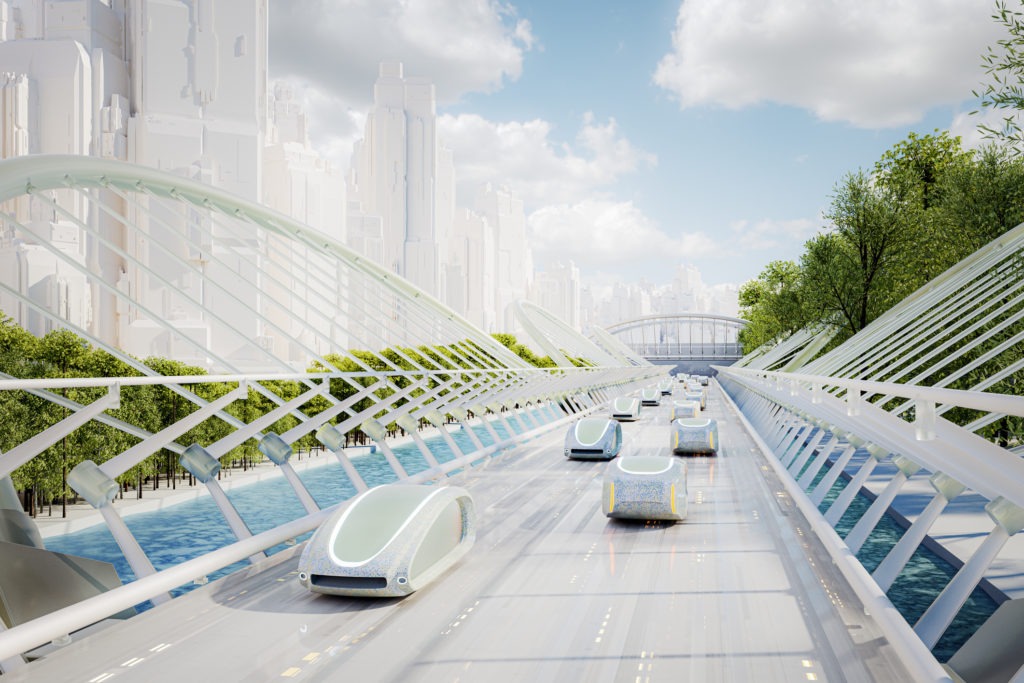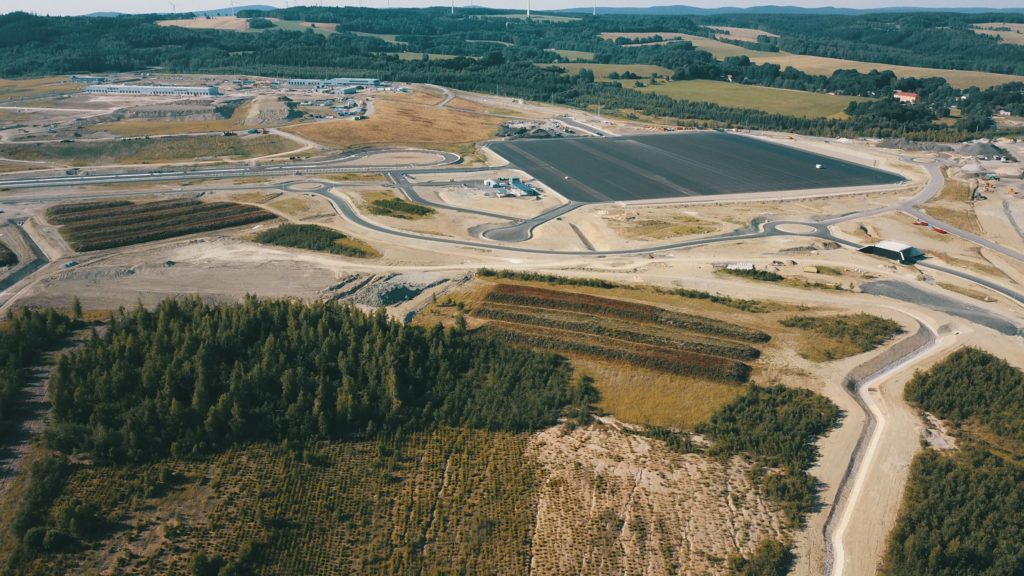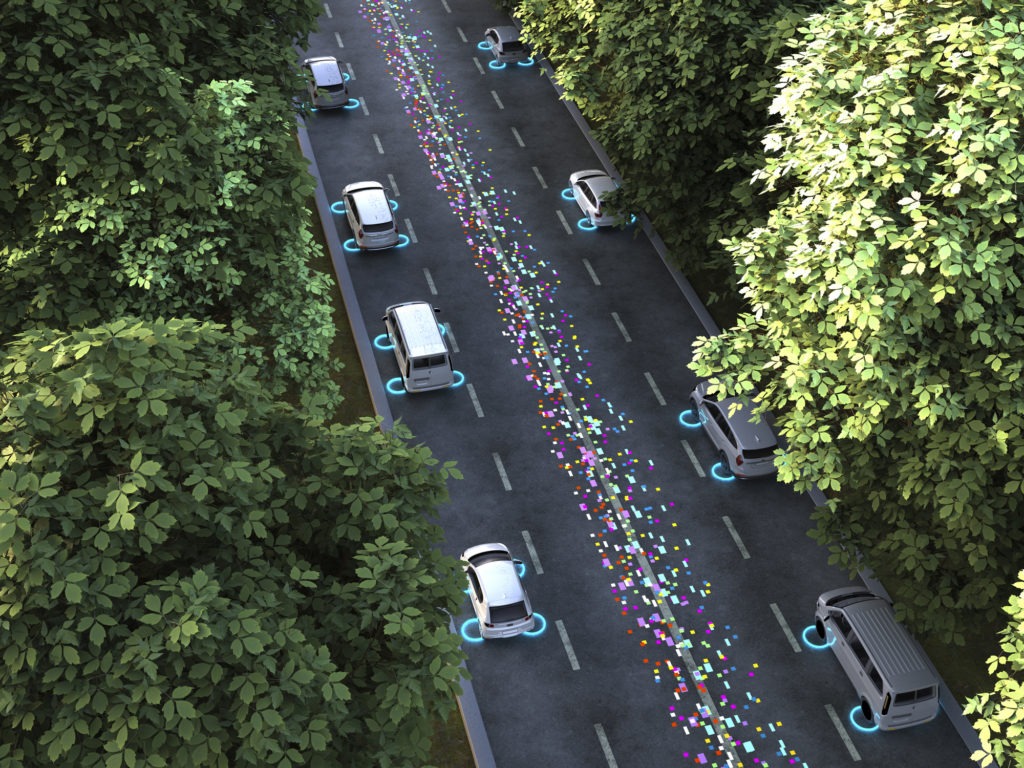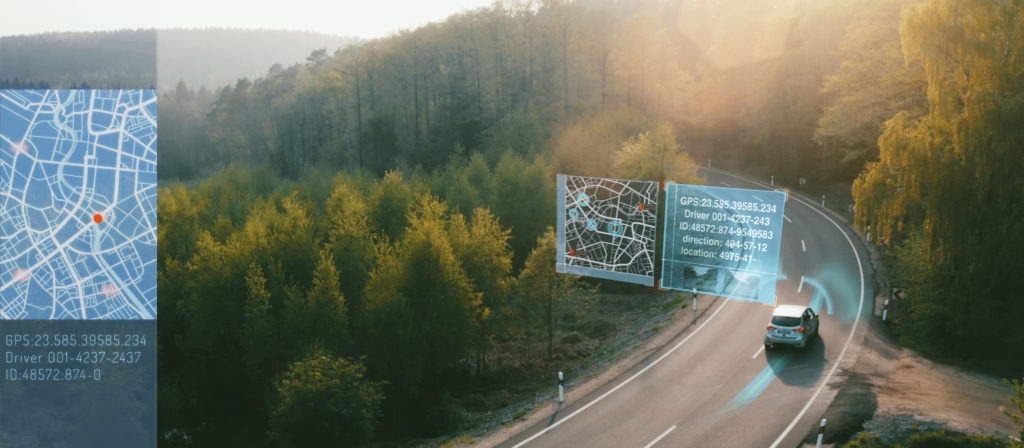Charging hubs key to unlocking potential of autonomous commercial vehicles
31 October 2022
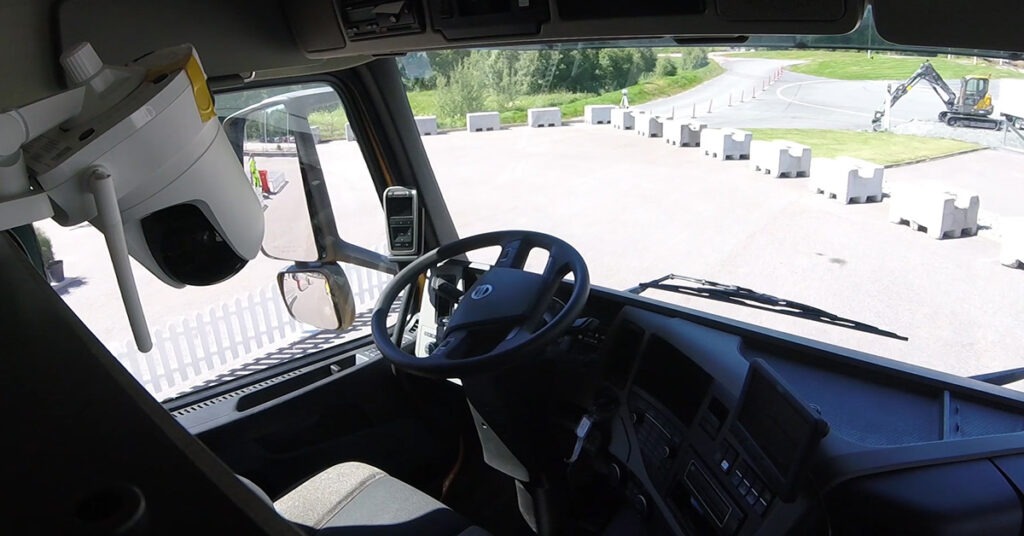
Regulations and technology are not the only barriers to the rollout of autonomous commercial vehicles. Autovista24 senior data journalist Neil King explains how recharging hubs are key.
Autonomous commercial vehicles may be the domain of science-fiction films to most people. But the technology already exists, operating in controlled environments such as mines and quarries, as well as at ports and logistics centres. The benefits are clear, including potential cost savings such as drivers’ wages, the removal of operating-time constraints (and tachographs), and cutting the number of accidents caused by human error.
‘Whether it is addressing driver shortages, meeting ever-increasing freight demand, keeping drivers closer to home or better efficiency through 24/7 operations — we believe autonomy holds enormous potential to transform the transport industry for the better,’ Volvo Autonomous Solutions told Autovista24.
Hub-to-hub opportunity
However, there has been limited scope for autonomous commercial vehicles (CVs) outside of controlled environments. This is also reflected by the reported deployment of autonomous trucks in confined areas, whereas van advances are focused on electric and hydrogen powertrains, as exemplified by recent initiatives from Opel and Renault division Hyvia. The opportunity on public roads thus lies with hub-to-hub services.
But the exception may be platooning. ‘How is this long train, in effect, going to cut across three lanes of traffic without blocking all the other vehicles? We do not have the infrastructure or the space to build new roads. Even if hard shoulders were converted into platooning lanes, there would not be an emergency lane should there be an accident,’ commented Andy Picton, chief commercial vehicle editor at Glass’s (part of Autovista Group).
Back in September 2020, the Traton Group (the heavy-truck division of the Volkswagen Group) announced a global partnership to develop self-driving trucks with TuSimple. Based in San Diego, California, the autonomous-technology company focuses on heavy-duty trucks. The two firms ‘have launched a development programme to operate the first SAE level 4 autonomous hub-to-hub route between Södertälje and Jönköping in Sweden, using Scania trucks.’
‘We are convinced that autonomous vehicles will be a service to wider society. However, there remain several mountains to climb before reaching the goal of reliable, productive, sustainable, and safe autonomous transport solutions. These include the development of technology that is acceptably safe, scalability of the technology, regulation, and buy-in from society,’ Volvo added.
As discussed in a recent video published by Traton, the ‘legal framework for fully automated driving is well advanced within the EU: autonomous driving will soon be possible.’
Assuming safety, technology and regulatory barriers are hurdled, the key constraint to rolling out autonomous CVs in hub-to-hub operations revolves around refuelling en route between the departure point and destination. This challenge is even more acute as the industry seeks to electrify trucks, or introduce hydrogen powertrains, necessitating charging (or refuelling) points at hubs.
These locations will become increasingly commonplace as large vehicles are excluded from city centres to help reduce emissions and congestion. This presents a significant opportunity as autonomous trucks would only require human intervention to refuel or recharge. The development of the hub infrastructure to accommodate autonomous CVs is thus key to unlocking their potential.
Existing applications
An example of the potential for autonomous CVs is Volvo Trucks’ electric, connected and autonomous Vera concept vehicle, developed in collaboration with the ferry and logistics company DFDS. This was presented in 2018 as a future solution for autonomous transport within ports and logistics centres.
‘Our solutions are developed for container transport in harbours and logistics centres where there is a mix of both confined and public areas,’ Volvo Autonomous Solutions commented. Although it is not in use today, ‘we do see Vera as a potential future solution as the technology continues to mature and evolve,’ Volvo added.
Source: Volvo Trucks
A key feature of the Vera concept is the lack of a driver’s cabin, reducing weight, and thus electricity consumption, and costs. Ultimately, all autonomous trucks could look like ‘a battery pack on wheels,’ commented David Hill, commercial vehicle editor at Glass’s.
Volvo is also focused on solutions in confined areas. ‘By confined areas, we mean areas where we have strict control over who is entering the autonomous operating zone, areas like mines and quarries,’ Volvo Autonomous Solutions explained to Autovista24.
The manufacturer already has two projects running in quarry applications. ‘One is with Brønnøy Kalk in Norway, transporting limestone using Volvo FH Trucks. The other is with Holcim and involves our Tara transport system. The solution is being deployed in a quarry in Switzerland,’ Volvo outlined.
Source: Volvo Trucks
With trials and regulatory approvals already underway, it is only a matter of time before hub-to-hub transport becomes a reality, i.e. ‘basically long-haul freight transport on highways between two transport hubs,’ according to Volvo.
Cost savings
Autonomous trucks incur significant development costs, but these can be offset by operational savings. These are both direct in terms of not requiring a driver, but also indirect as they are not constrained by the limits to drivers’ working hours, as recorded by tachographs.
Hill confirmed that the UK has maintained the daily limits imposed in Europe, which are a maximum of nine hours, which can be increased to 10 hours twice a week. However, the autonomous advantage diminishes if an electric truck takes hours to recharge, which would also qualify as a rest period for a driver.
In terms of the additional costs associated with autonomous CVs compared to their human-operated counterparts, Volvo is taking a broader service-based approach instead of the traditional purchase route.
‘Our strategy is not based on selling a truck or machine, but an entire autonomous transport solution which includes amongst other things the virtual driver, required infrastructure, and a cloud solution that integrates with customers’ existing systems. Our model is based on Transport-as-a-Service (TaaS), which means that the customer would not pay for a truck or machine. The cost is rather based on how much autonomous transport capacity they use,’ Volvo Autonomous Solutions explained to Autovista24.
The agreement with Brønnøy Kalk is an example of this model. ‘Rather than purchasing autonomous trucks, Brønnøy Kalk is buying a transport solution – specifically the transport of the limestone between the two hubs. The agreement involves a deal whereby the customer buys a total transport service and pays per tonne delivered,’ explained Volvo Trucks.
No end to professional drivers
Autonomous commercial vehicles have the potential to address driver shortages across Europe and beyond, and any disruption caused by strike action. This could help avert a repetition of the 2021 fuel crisis in the UK and the recent fuel shortages in France, where a lack of essential workers impacted supply. However, autonomous CVs do not spell the end of professional drivers in the transport sector.
‘We believe that not every route and freight category will be a good fit for autonomous technology. The logistics and transportation sectors will still need professional drivers able to handle loads and applications not well-suited to automation. Moreover, given the increasing demand for freight capacity and the chronic shortage of drivers, we believe that the demand for skilled drivers will continue to remain,’ Volvo Autonomous Solutions communicated to Autovista24. Furthermore, the development of hub-to-hub operations would require more drivers for last-mile deliveries in urban areas.
‘Longer term, we will end up with hubs at motorway junctions, so big trucks will do motorway trunking. Loads will go to a hub just off the motorway where they will be transferred to human-driven electric vans for urban deliveries. I cannot see how and when an autonomous vehicle will do last-mile – or last twenty-mile – deliveries,’ surmised Picton.
Autonomous CVs may then result in a different breakdown of driver roles and other reskilling opportunities. However, the current shortage of drivers – and a lack of people willing to take on driving work – means this is not expected to be a common phenomenon and the benefits of autonomous CVs will ultimately outweigh the negatives.
Aside from developing the hub network, the greatest challenge lies in creating a harmonious relationship between autonomous commercial vehicles and those operated by a human – and resolving insurance issues in the case of a collision involving an automated vehicle.
Technology will thus be another key in integrating autonomous vehicles into the driver-operated parc. For example, averting gridlock on motorways if autonomous vehicles simply slow to a stop instead of safely changing lanes when any obstruction lies ahead.
Autovista24 will consider the development of autonomous-driving software in an upcoming multimedia feature.
